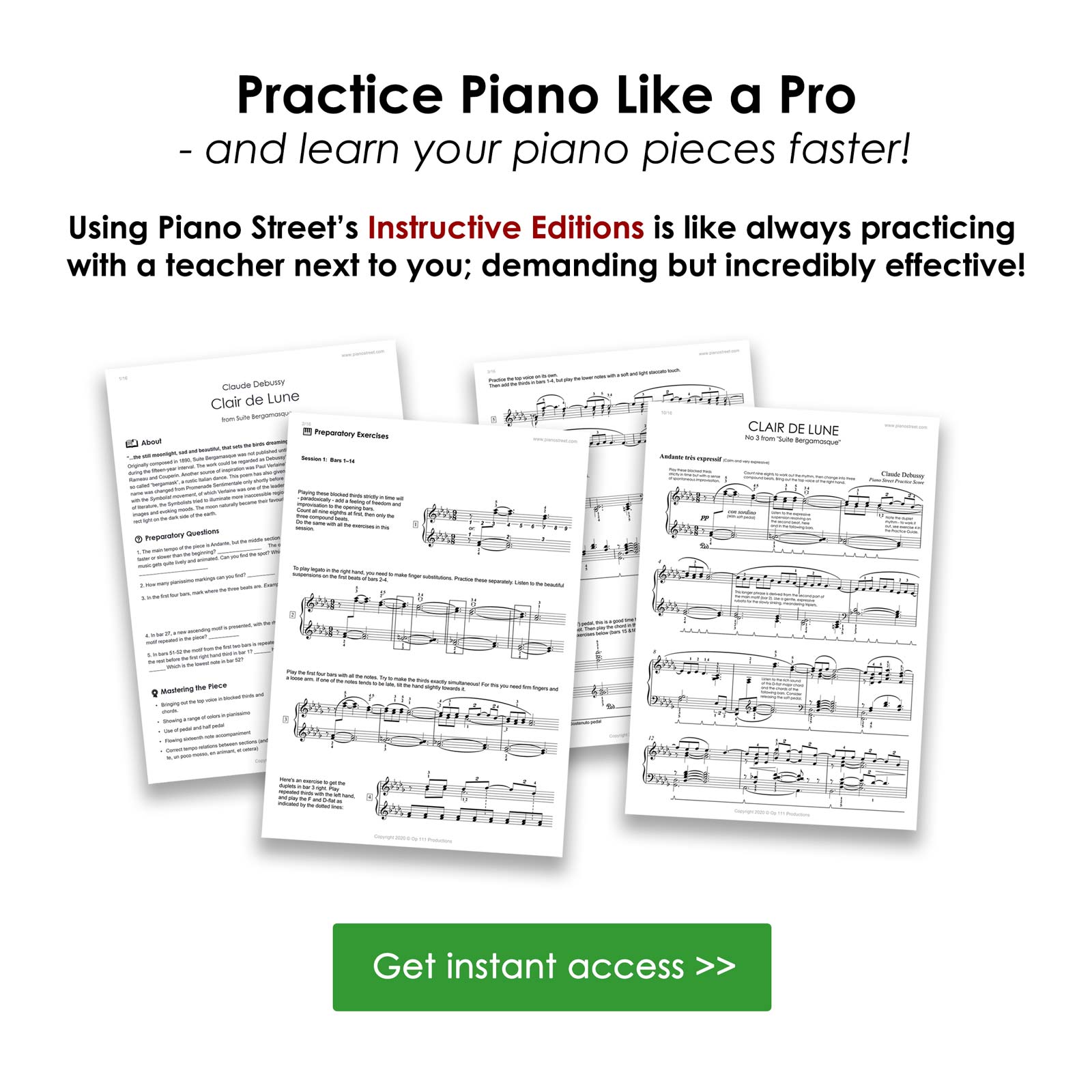Piano Forum
Piano Street Magazine:
World Piano Day 2025
Piano Day is an annual worldwide event that takes place on the 88th day of the year, which in 2025 is March 29. Established in 2015, it is now well known across the globe and this year we celebrate it’s 10th anniversary! Read more
Pages: [1] Go Down
Pages: [1] Go Up
For more information about this topic, click search below!
 Topic: Reading bass key habit... good or bad ?
Topic: Reading bass key habit... good or bad ? 